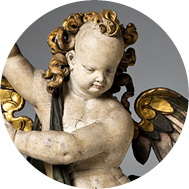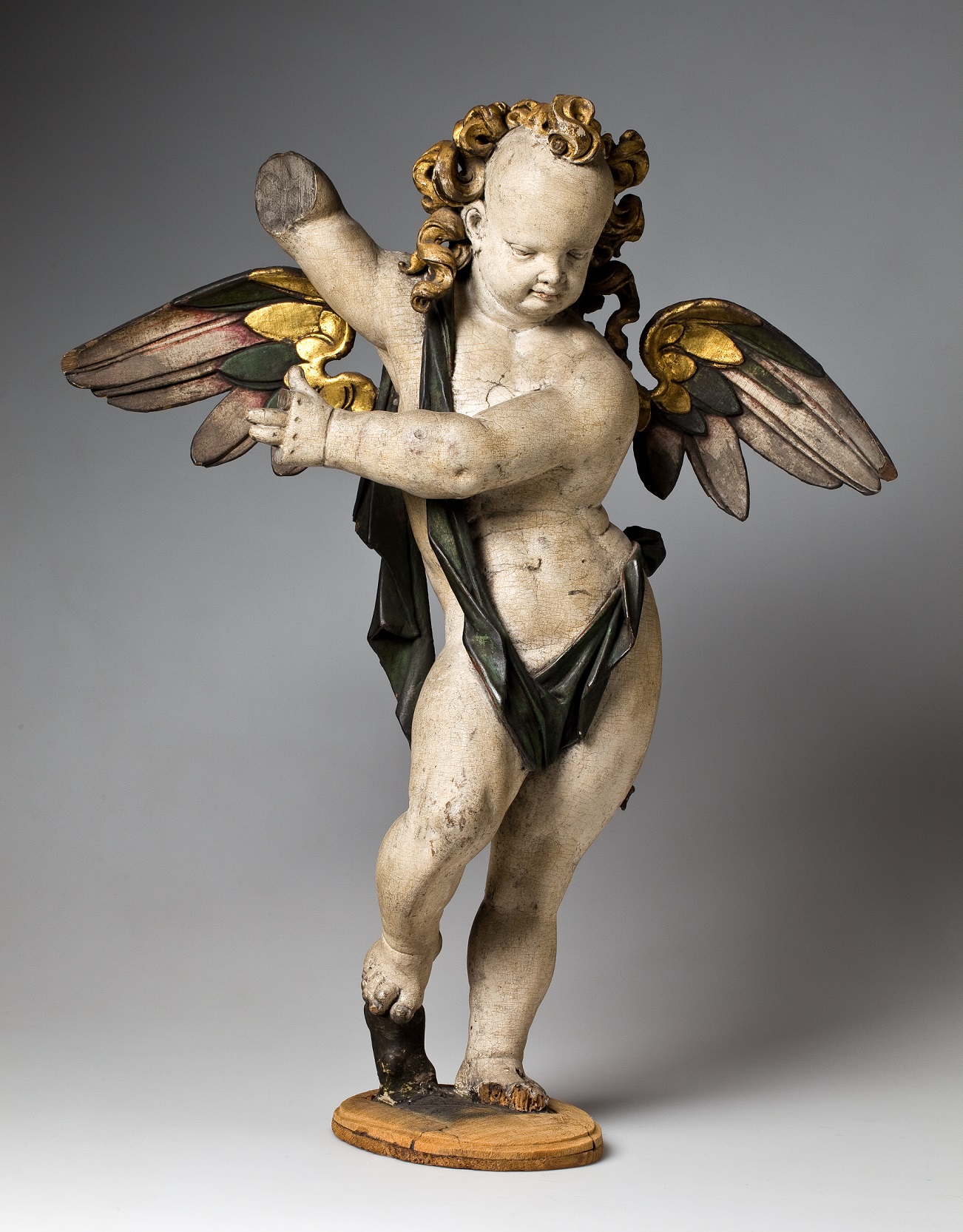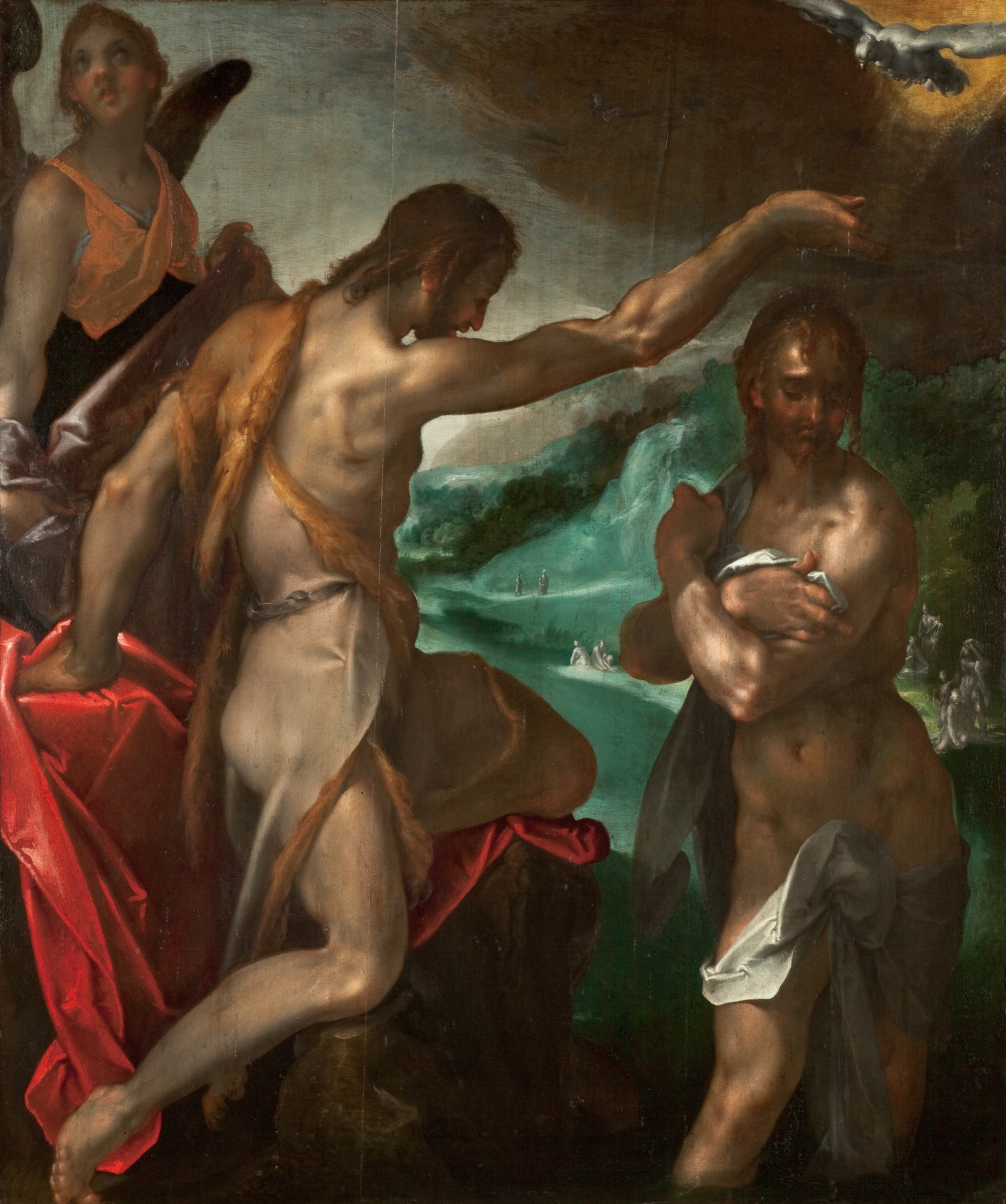
27 February – 13 May 2018
The exhibition marks the 70th anniversary of the National Museum in Wrocław.
The curator of this exhibition:
Piotr Oszczanowski, dyrektor Muzeum Narodowego we Wrocławiu
The very first monographic exhibition dedicated to Mannerism in Wrocław, a fascinating yet still insufficiently recognized period of art in the capital of Silesia. The years around 1600 and the early 17th century witnessed the great development of the city and the flourishingof its art scene.

Gerhard Hendrik, Figura anioła z epitafium Melchiora von Thilisch st. i jego żony Magdaleny z d. von Orth, 1604, fot. Arkadiusz Podstawka
Piotr Oszczanowski, the curator of this exhibition, explains that Wrocław was at that time the place of work of such talented artists as Gerhard Hendrik from Amsterdam, Georg Hayer, Jacob Walther and Johann Twenger, and a whole plethora of excellent local goldsmiths.The most prominent representatives of Mannerism in Wrocław – BartholomeusStrobel the Younger, David Heidenreich, Caspar Pfister and Fabian Nitsch – were then at the peak of their powers.

Bartholomaeus Spranger, Chrzest Chrystusa, 1603, fot. Wojciech Rogowicz
The most valuable works of art showcased in this exhibition (and displayed together for the first time since the last war) will include thoseoriginating fromThe Holy Trinity Church in Żurawina, which were created by the world-famous Mannerists: the painting by BartholomeusSpranger “Baptism of Christ”and the sculpture “Christ at the Column” by Adriaen de Vries.